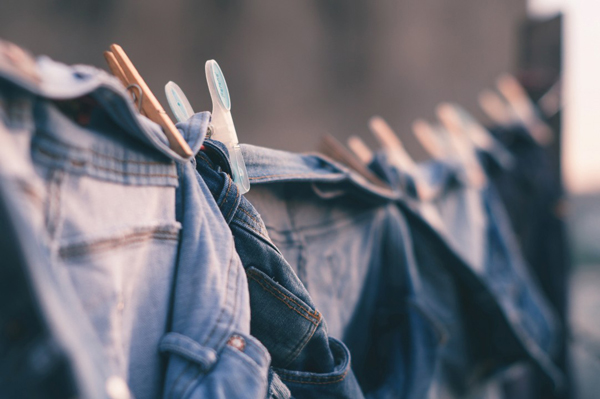
Q&A with Simon Weston, CEO of CleanDye
Simon Weston is the CEO of CleanDye, a textile factory in Vietnam that exclusively uses DyeCoo’s waterless dyeing technology. Simon has worked in textile manufacturing

Simon Weston is the CEO of CleanDye, a textile factory in Vietnam that exclusively uses DyeCoo’s waterless dyeing technology. Simon has worked in textile manufacturing

Considering the size of the textile and fashion industry—a roughly $2 trillion market annually—as well as its environmental impact—roughly 8% of global greenhouse gas emissions—it is

Consider the “old” ways that people recycled clothing: siblings passed along hand-me-downs as they grew up, tailors resized garments when customers gained or lost weight,

A couple weeks ago I spoke with New York Times journalist David Gelles about his new book “The Man Who Broke Capitalism” and the problem

In 1911, a bin of clippings caught on fire in a garment factory in Greenwich Village. The clippings—two months’ worth—were highly flammable, and the fire

TAU recently announced an investment deal with DyeCoo, a company that creates waterless dyeing machines. Amongst the various investment opportunities for sustainable technology in fashion and

In 1958, Leonard Read—founder of the Foundation for Economic Education—wrote “I, Pencil,” an essay chronicling the mysterious, global life of a pencil. For Read, the

Fashion is a dirty industry: It accounts for 20 percent of global wastewater pollution and 5 percent of global greenhouse emissions. The good news first: